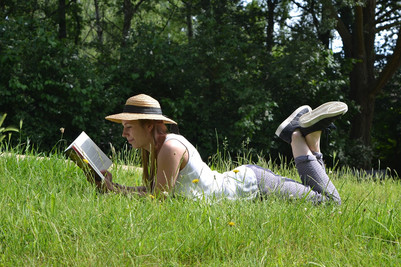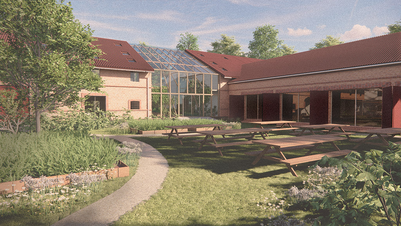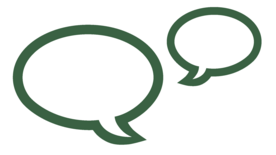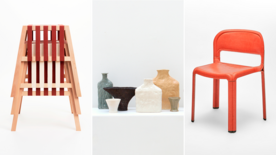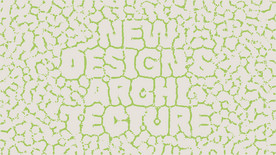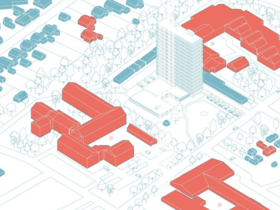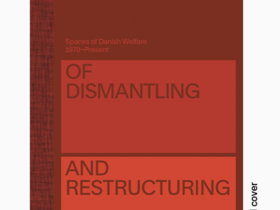
Article Abstract | Katrine Lotz
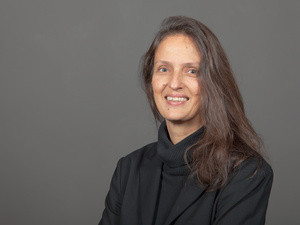
Are we all here?
- on restructurings of inclusion and space in the Danish public school 1993-2020
How is “welfare” done? What kinds of work is done by the many actors involved to uphold the systems that is supposed to provide welfare amenities, and what kinds of registers are they mobilizing in order to do so? What kinds of work become visible, acknowledgeable when analysis also encompasses spatial and material dimensions in several scales?
As the issues of what children should learn and how they should be taught obviously is of common interest - The Common, Public School (“Folkeskolen”) has been a hot topic in Danish politics since before the days of the democratic constitution of 1849 - the separation of children of the same age in different tracks in order for them to be taught different levels of the curriculum has also been a recurrent and contested issue in the political and public debate and in legislation.
Like other features of the Danish society that can be regarded as welfare systems[i],. “Folkeskolen” is well registered in the fields of history, economics, political and social sciences and of course in pedagogical discourse, and in later decades with the upcoming of ‘the spatial turn’ the school is also subject to studies focused on analysing space and materiality, in particular in relation to issues of pedagogics and learning.
Through an array of empirics across spatial scales and registers, presented in both text and in visuals, and with a multifaceted analytical take inspired by ao the works of John Law, Bruno Latour, Anne Marie Mol and also Henri Lefevbre - especially in the ways his main ideas on ‘knowing space’ are understood by Edward Soja - this article seeks to describe and understand the kinds of work that is done by the many different actors to uphold the welfare amenity of ‘school-inclusion’ in the wake of continuous spatial, economic and social re-structuring.
[i] Ref to article in anthology on the notions of ‘welfare state’ and welfare systems’.




